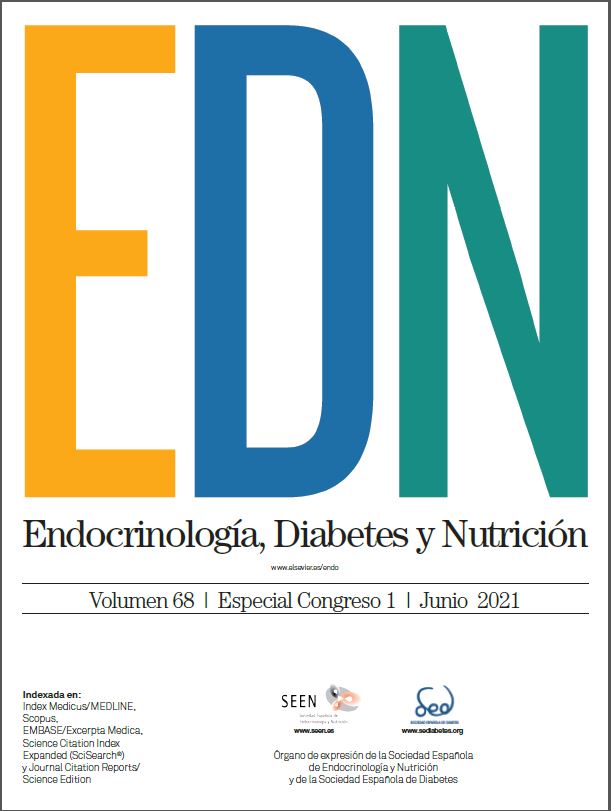P-066 - RELATIONSHIP OF OSTEOGLYCIN WITH RENAL FUNCTION AND VASCULAR TISSUE IN PATIENTS WITH TYPE 2 DIABETES
aFundación para la Investigación Biosanitaria de Andalucía Oriental (FIBAO). bInstituto de Investigación Biosanitaria de Granada (ibs,GRANADA). cNew York University, Center for Neural Science. dUnidad de Endocrinología y Nutrición, Hospital Universitario San Cecilio de Granada. eDepartamento de Medicina, Universidad de Granada. fCIBERFES, Instituto de Salud Carlos III.
Introduction: Osteoglycin (OGN) is a basic component of the vascular extracellular matrix that mainly acts a regulator of the bone metabolism, and it is involved in several biological processes and pathologies. The aim of this study was to determine the serum OGN levels in type 2 diabetes (T2D) patients to assess its usefulness as a biomarker of mildly impaired kidney function. We investigated the possible origin of circulating OGN in T2D patients by evaluating the expression of OGN in vascular tissue.
Material and methods: Cross-sectional study including 147 T2D patients (65 ± 8 years, 58.5% males), and 75 healthy controls (63 ± 10 years, 36% males). The T2D group was classified according to the estimated glomerular filtration rate (eGFR) ≥ 90 mL/min/1.73 m2 (n = 62) and < 90 mL/min/1.73 m2 (n = 85). The OGN expression was determined by RT-qPCR and immunohistochemical detection in the calcified femoral artery of T2D patients and non-calcified femoral artery of control subjects.
Results: The circulating OGN was significantly increased in T2D patients compared to the controls (p < 0.001). T2D patients with normal eGFR showed lower serum OGN levels than those with mildly decreased eGFR (p = 0.013) after adjustment for sex and age. The serum OGN levels were independent estimators of impaired kidney function risk (OR = 1.08; 95%CI [1.01/1.13]; p = 0.023) in T2D patients. The mRNA quantification and the immunohistochemical detection showed a significant OGN upregulation in vascular tissue samples from T2D patients compared to those from healthy controls.
Conclusions: We suggest that serum OGN could act as an albuminuria-independent biomarker of incipient impaired kidney function in T2D patients and that its origin may come from the expression in vascular tissue.







